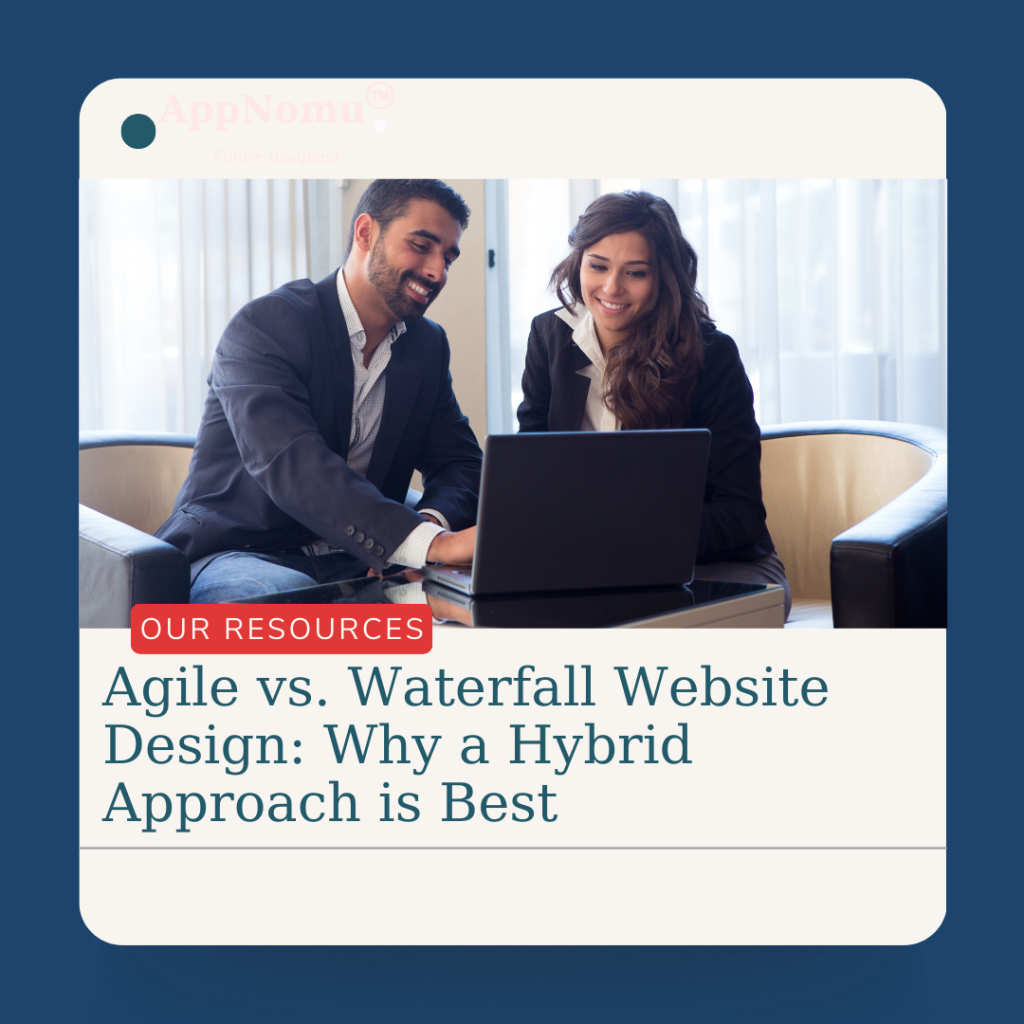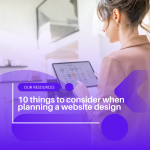When planning an update to your website, numerous decisions need to be made early in the process.
One crucial, yet often overlooked, decision is determining the project management approach, especially if you’re collaborating with an external agency.
There are several methodologies available, but two of the most prominent in project management are the waterfall approach and the agile approach. Both are comprehensive and have their dedicated followers, each with distinct advantages and disadvantages. The choice between them largely depends on how your organization operates best. Let’s examine both options before we recommend our preferred approach.
The Waterfall Methodology
What It Is
The waterfall method is often seen as more traditional compared to the agile approach. It follows a linear process where each phase must be completed and approved before moving on to the next. For instance, when working on functional specifications for your website, developers won’t begin coding until every specification is finalized and approved. This method aims to address all questions upfront, ensuring a clear path forward when development begins.
The Upside
The waterfall method is ideal for organizations with a fixed budget and timeline. It provides clear visibility into the project’s progress and ensures you know exactly what to expect and at what cost.
The Downside
The drawback of this approach is that it can be restrictive and inflexible. There is limited opportunity for adjustments if new information arises. For instance, discovering an omission during the web development stage means returning to the design phase, which can be both time-consuming and expensive. Additionally, you don’t see the results of your efforts immediately. With the waterfall method, the entire project is developed from start to finish, undergoes quality assurance, and is then launched. For large website projects, this process can take at least six months, which may not always be ideal.
The Agile Methodology
What It Is
With this method, you begin with a broad objective (building a website). You have a clear end goal, and you break the process into smaller, iterative steps. You implement the Minimum Viable Product (MVP) as you progress, which is a basic version that functions well enough to gather insights and understand user behavior. These iterations, known as sprints, typically last two weeks. Sprints serve as the roadmap for this approach and are given top priority. At the end of each sprint, completed tasks are published to the live website, while incomplete tasks are moved to the next sprint.
The Upside
The advantage of this approach is that you can observe ongoing progress and maintain flexibility throughout the process. It’s perfect for startups or innovative companies that need to launch a product swiftly, or for organizations that are still defining their final product vision.
The Downside
This approach can be challenging when working with an external agency because, contractually, the project is never truly finished. While it may seem like it speeds up the process, it can actually extend the timeline due to the frequent transitions between going live and planning phases. Although you see more continuous progress, the overall project duration can be longer. Additionally, this method can be more costly, as your organization is paying for a dedicated team rather than a fixed set of deliverables. Constant communication is essential to navigate each sprint, which can be demanding in terms of time and effort, and some organizations may struggle to manage this.
Our Recommendation: A Hybrid Approach
How about considering the “wagile” methodology? It’s catchy and rolls right off the tongue!
What It Is
With the wagile approach, you work in phases. When scoping and contracting with an outside agency, aim for Discovery-First projects. Discovery typically includes audience surveys and stakeholder interviews to better understand audience needs so you can build the functionality they need and not waste money on the functionality they don’t. Discovery can also include tech audits, content audits, or other research that helps you better understand your website requirements. By doing Discovery at the beginning of the project, you can build a comprehensive contract to better understand what you’re paying for and exactly what you’ll get in the end. Or, if you’re producing the new website within your nonprofit, you can build a website plan that clarifies exactly what work is to be completed.
The Upside
The wagile method succeeds by combining the structured approach of waterfall with the iterative cycles of agile. For instance, if your website project involves creating 50 pages of content, you would have a dedicated Content phase to complete this task. However, you would also adopt a sprint mindset to introduce flexibility within this phase. The phase is divided into smaller groups or “batches,” making it easier to write 10 pages at a time, allowing you to see progress and provide feedback before moving on to the next set of 10 pages. Each phase follows a loop of creation, presentation, feedback, and iteration, with everyone participating in the process.
This hybrid approach ensures you have a clear understanding of the goals, timeline, and expectations from the start of the project. It offers more collaboration and involvement than the traditional waterfall method. The wagile method helps you manage resources more effectively because you can anticipate where you will be in the process next week and adjust your schedule accordingly. It also promotes team self-sufficiency by providing clear directives, making the project leader’s role easier and reducing stress during a website build.
The Downside
Since the wagile method isn’t a conventional project management approach, you may need to explain to your team and leadership why it’s the best fit for your organization.
Regardless of the project management methodology your nonprofit selects, you’ll benefit from evaluating your options. Keep in mind that the ideal choice is the one that aligns best with your organization’s operations.
Want to give your business a unique look with a professional website? We have a team of 125 developers acoss the universe waiting to take over your next project. All our design and development services comes with a free domain name and free website hosting on the cloud for a period of one year and this will save you on other cost, Claim the Deal and get 45% discount on your purchase


